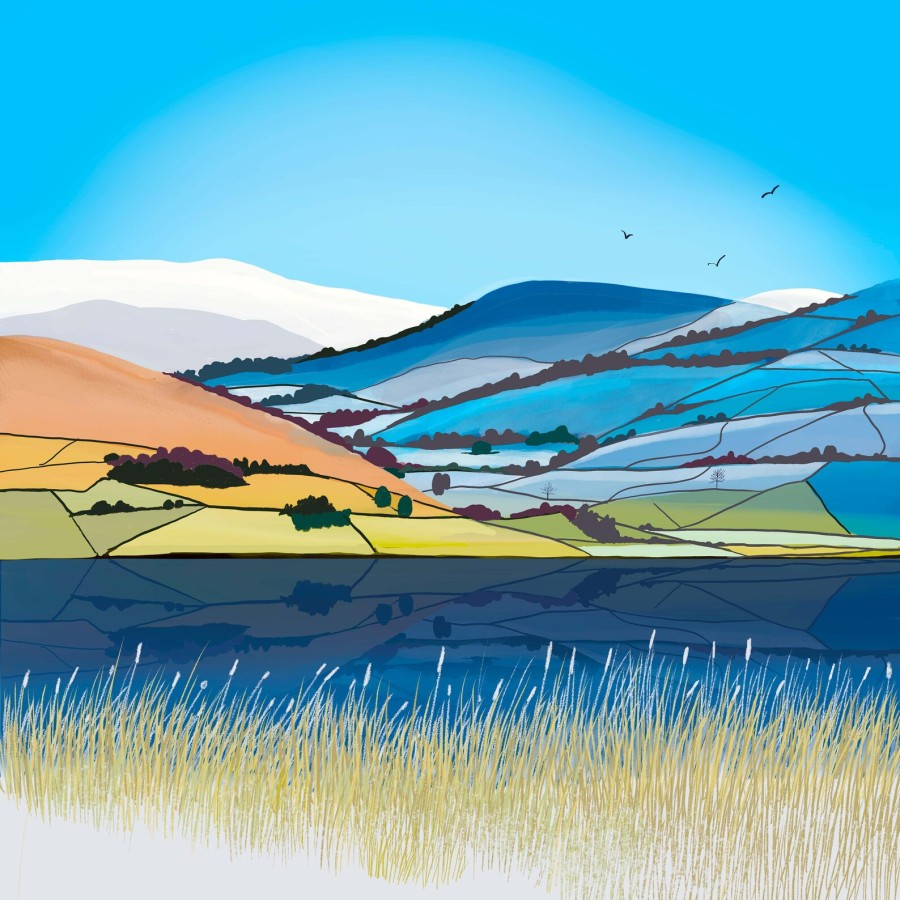Let’s Meet Dinosaurs of the Jurassic Coast!
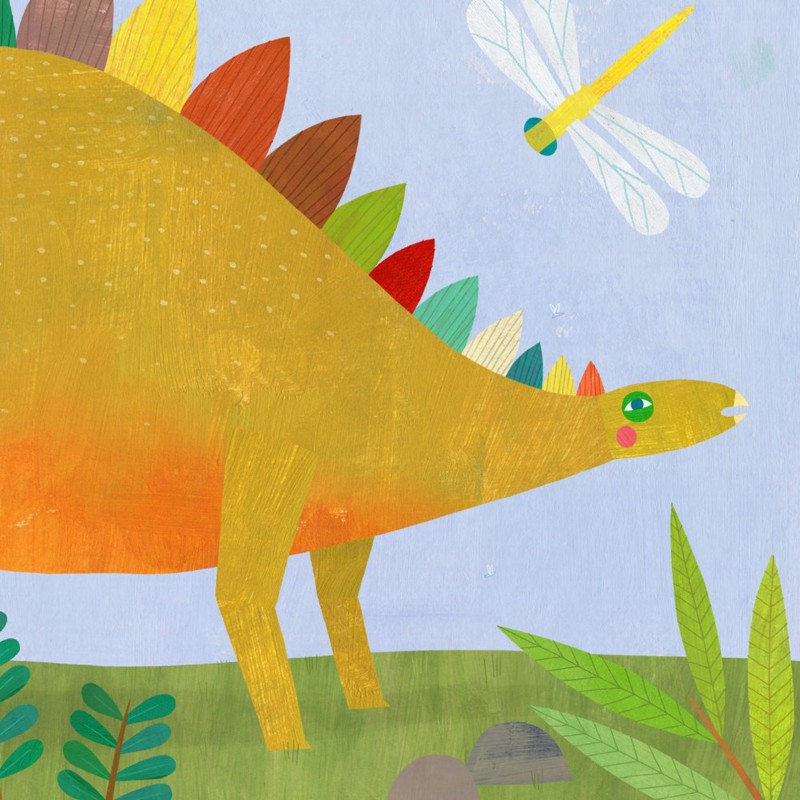
England used to have dinosaurs. Of course they are now extinct, but you can still find fossils on the Jurassic Coast (in Dorset and the Isle of Wight).
Some relics are still available to see – there is one dinosaur in Weymouth that you can view, who was so big and fierce, he would have eaten you in two bites!
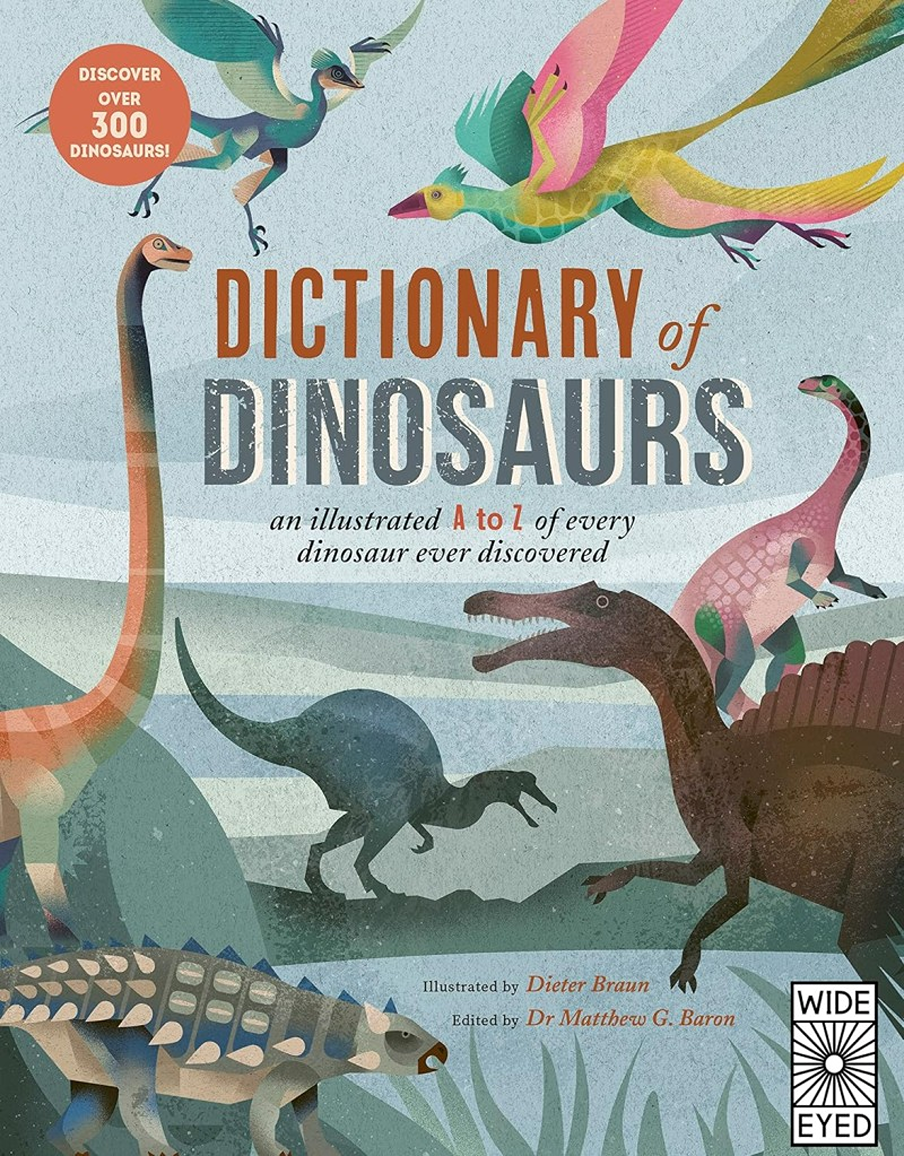
Dictionary of Dinosaurs is a beautiful illustrated guide featuring firm favourites like T-rex, ankylosaurus and triceratops, as well as lesser-known beasts from aardonyx to zuniceratops. Read up on where they lived and what they ate. There’s no dino left behind in this A to Z.
Each dinosaur profile includes a fact file, scale diagram, Latin name and pronunciation, all with eye-popping illustrations.
Also find out the different groups and how we know that they existed in the first place. Written by leading palaeontologists from the Natural History Museum.
In 2023, the skull of a giant sea monster was found near the cliffs on Dorset’s Jurassic Coast. It was a pliosaur (a marine reptile that scared every creature in the ocean, 150 million years ago).
One visitor to the fossil was Sir David Attenborough. The exhibits at The Natural History Museum include parts of the first T-rex skeletons to ever walk the earth, and the skull of a plant-eating Triceratops.
Fun Facts about Dinosaurs

- Baby t-rex fossils show they were really cute, like ducklings with long tails and covered in downy feathers. Not so cute once grown up, mind you!
- Fossil hunters have found dinosaur skeletons huddled together. This suggests that some species used to keep together to keep warm.
- Although we often see pictures of dinosaurs as being grey, many were very colourful, with stripes (like tigers!) and patterns.
- Chickens are descended from dinosaurs. Palaentologists say if you look at a silhouette of a chicken and dinosaur, you can’t tell the difference.
- Although most dinosaurs ate meat (like the bipeds that ran on two feet), some where herbivores. The four-legged ones you see with horns were plant-eating dinosaurs who would use their horns to nudge fruit off trees.
- Although most dinosaurs were small, all dinosaurs (however big) had very small brains, around the size of a lime. They weren’t the crows or dolphins of the animal kingdom, that’s for sure!
Tales of the Prehistoric World
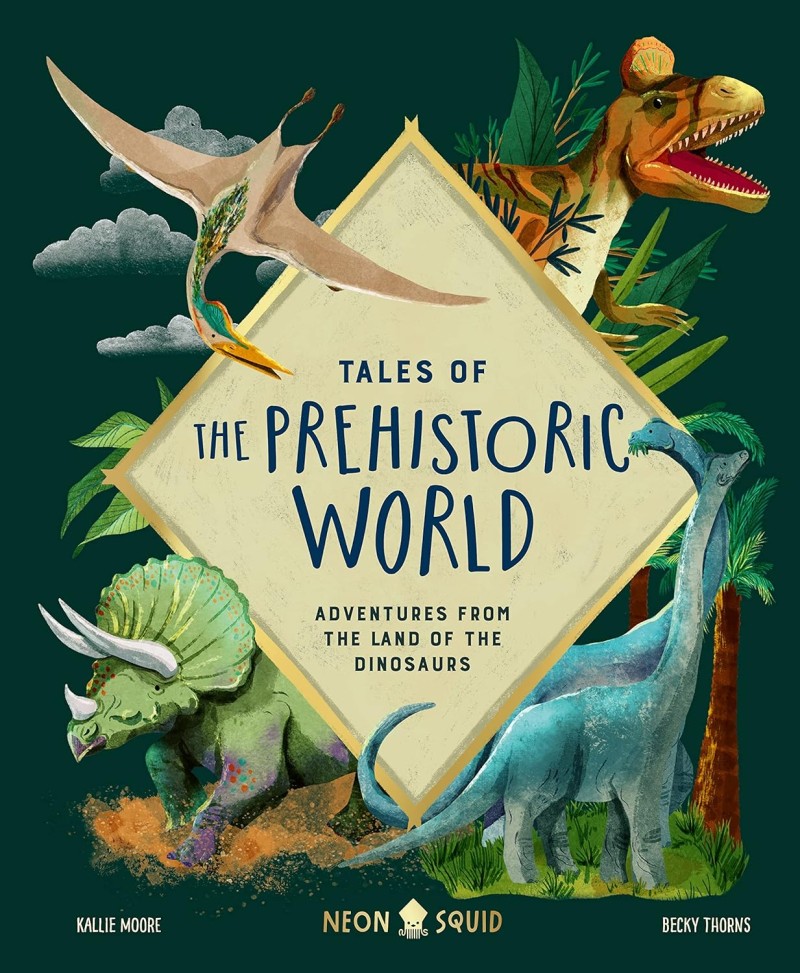
Tales of the Prehistoric World is the ultimate educational guide for young readers on the Jurassic World of dinosaurs. Prepare yourself for jaw-dropping discoveries, scandalous stories and dinosaurs so weird, you won’t believe they’re real! The tales in this dinosaur book are all completely true.
Readers will come face-to-face with incredible prehistoric beasts including Aussie dinosaurs that fossilised into gemstones, a prehistoric shark with a circular saw in its mouth and a relative of T Rex, that was found frozen on top of a mountain in Antarctica.
Chapters are broken down to cover the whole of Earth’s history. The book covers The Beginning (prehistoric goo and the first squishy animals), An Explosion of Life (king-sized trilobites, armoured fish and giant bugs) and The Age of Reptiles (spiny sauropods, pterosaurs the size of aeroplanes and musical dinosaurs!)
The Recent Past features gigantic snakes, Ice Age mammoths, sabre-toothed cats and hairy primates.
The book also shines a light on the work of palaentologists including Susan Hendrickson (who discovered the most complete T Rex ever found) and Nizar Ibrahim (whose discoveries in the Sahara desert changed everything we thought we knew about Spinosaurus (spoiler: it could swim!)
Kallie Moore is a fossil expert who manages the palaentology collection at University of Montana (she even searched for tiny fossils in her playground gravel as a child!) Illustrator Becky Thorns is based in Cornwall.
The Jurassic Coast: A Brief Overview
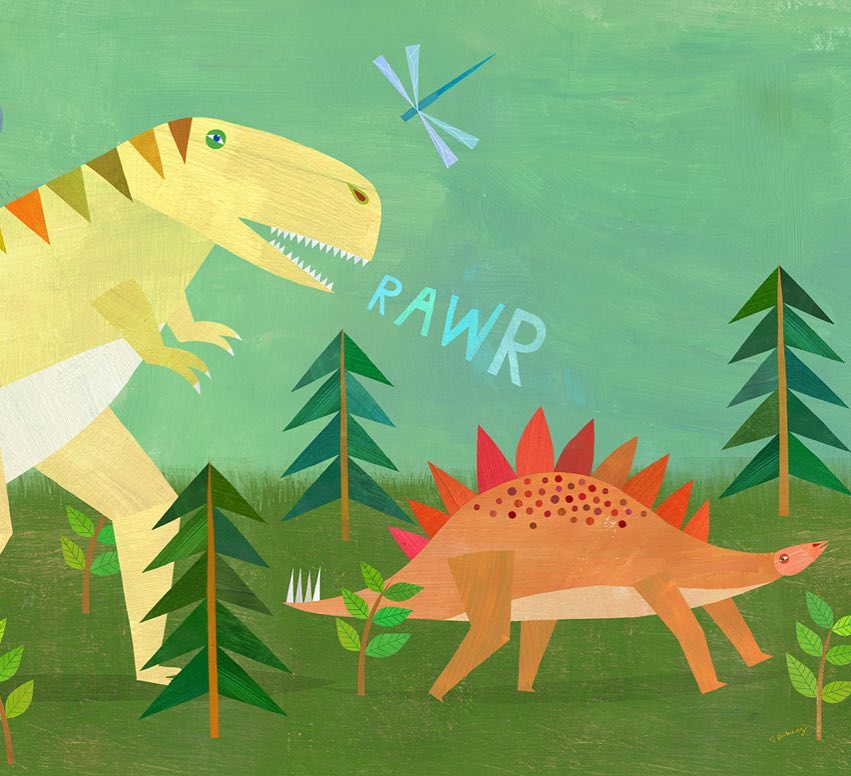
The Jurassic Coast is made up of rocks formed over 185 million years, reveal fascinating tales of marine life and the gradual dance of continents. But do they tell us of roaming dinosaurs?
The most renowned fossil hunter, Mary Anning, found the first complete Ichthyosaurus skeleton here back in the early 19th century. Her discoveries set the palaeontological world ablaze, unearthing secrets of the past and cementing the Jurassic Coast as pivotal in palaeontology.
The 21 Dinosaurs of England!
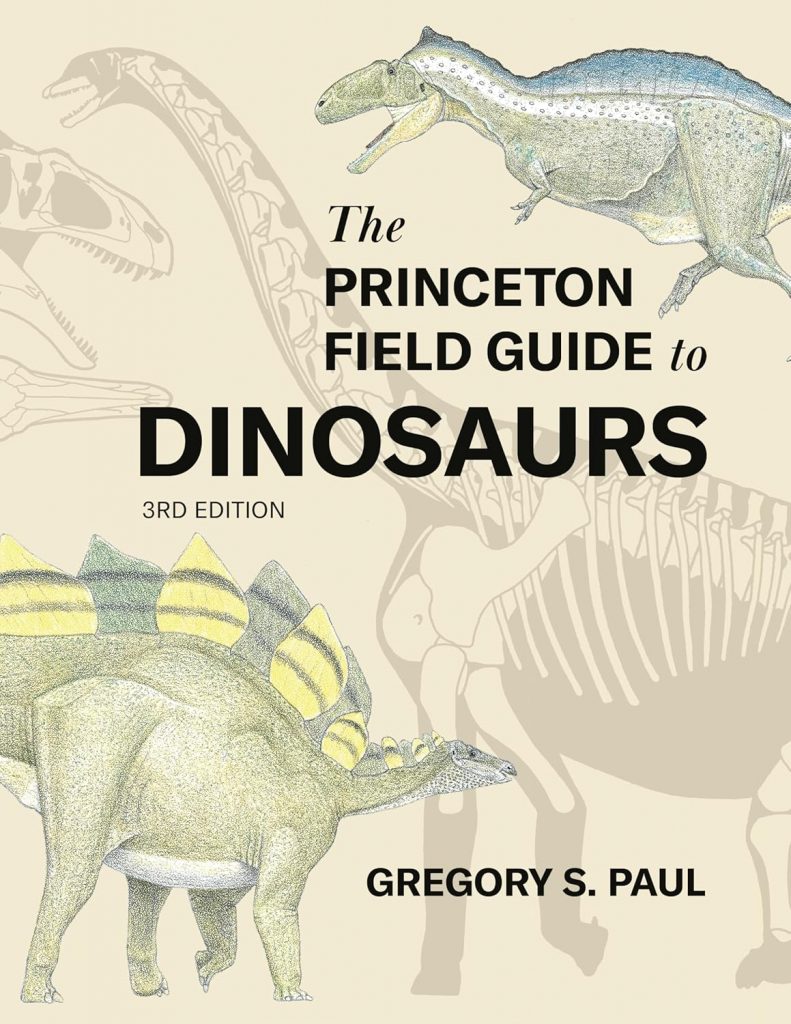
Only 21 dinosaur fossils have ever been found in England. Let’s get to know them (or who they were). Most fossils have been found in Dorset and the Isle of Wight.
Recently one of the best preserved was found on the Isle of wight, found in the cliffs of Compton Bay. He had been buried for around 120 million years.
It’s thought that dinosaurs went extinct, due to a mass collision of a meteorite with earth, which created Mexico’s Yucatan Peninsula and a volcanic eruption which split into two parts (one is now India).
T-Rex never lived in England, but he had three cousins who did (he was north American).
They may have had small brains, but dinosaurs had the the sense to build big nests, as their babies grew so fast. Although most dinosaurs were small, the Argentinosaurus was up to 100 feet high, and laid 1 foot eggs!
What Do Creationists Believe About Dinosaurs?
Most people know that you can still believe in God and science. But what about creationists, who teach children in (mostly American) schools that the earth is only 4000 years old, despite fossils and their own Grand Canyon? Depends on who you ask:
Some say that the ‘God created the world in 7 days’ story, could have meant 1 day lasted for every million years (not 24 hours). Others say that Satan has planted the fossils to fool everybody! Despite geological evidence that the earth formed around 4.5 billion years ago through clouds of debris, orbiting the sun.
Creationists also say that fossils and canyons can’t be dated, and they believe dinosaurs descended from eggs taken onto Noah’s boat, before the flood.
It must have been a big boat!
One man and his team even run Biblical tours of the Grand Canyon, which he believes was only founded a few thousand years ago. What do you think?
One Aussie Christian geologist took samples to prove his theory that the Grand Canyon is not as sold as scientists claim. Eventually a 96-page study was released on a website that one critic basically was ‘I didn’t find anything’.
Books to Teach Children About Dinosaurs
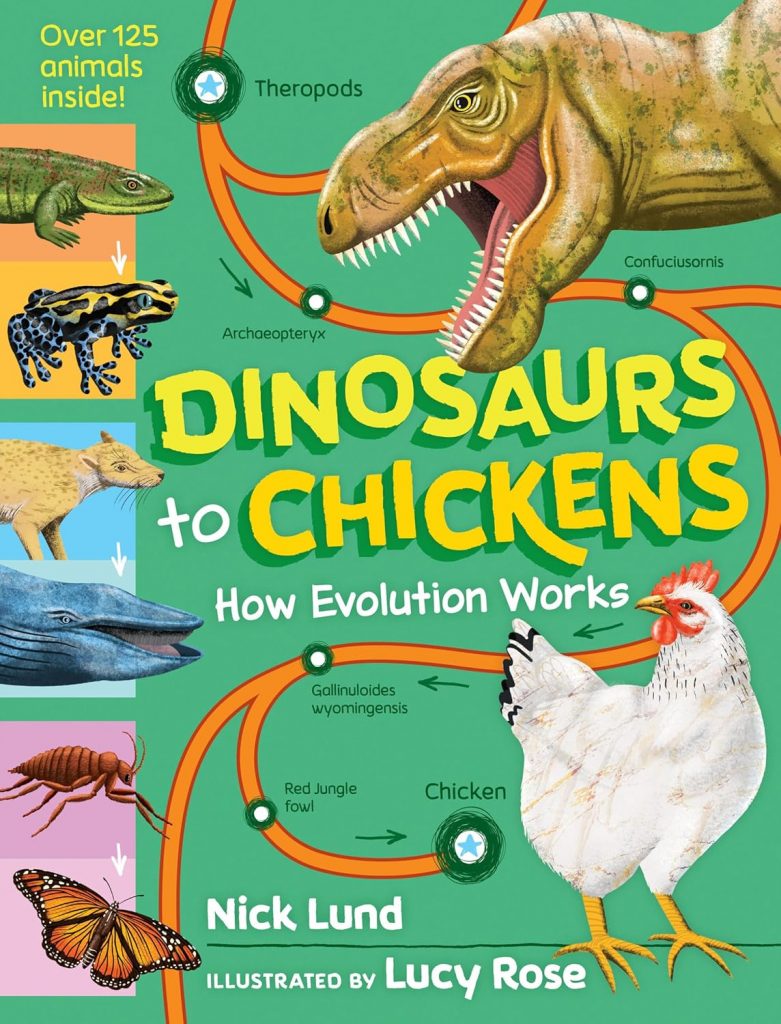
Dinosaurs to Chickens is a book to teach children how evolution works. It showcases over 125 animals in 30 charts, featuring the evolutions of T Rex to the chicken, the first insect to the monarch butterfly and the giant sloth to the armadillo.
Awesome Fierce Dinosaurs is a fun and colourful book detailing the most fierce groups of dinosaurs, then looking at each family profiling the fierce and fiercest of each group.
From small but mighty predators to terrifying Tyrannosaurus rex, children will also learn about the armoured Ankylosaurus, vicious Velociraptor and spiky Triceratops.
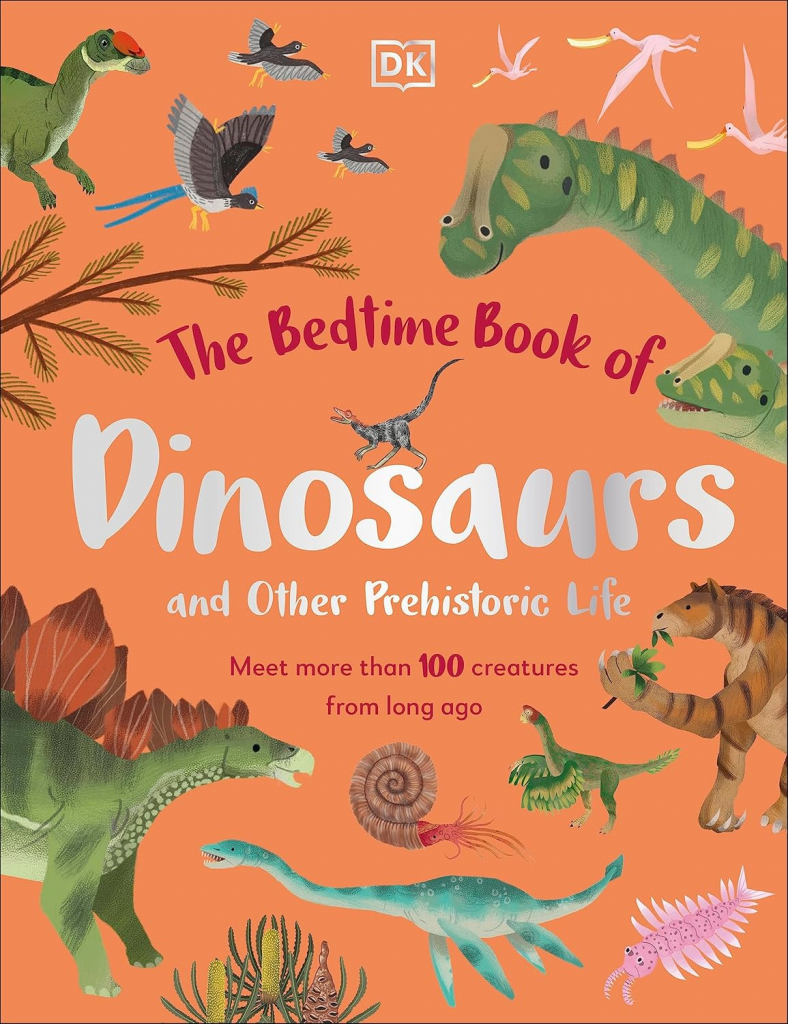
The Bedtime Book of Dinosaurs is a beautifully illustrated book of stories that help children get to know 100 of the world’s favourite dinosaurs and other prehistoric life forms. Perfect for early readers, who want to know more about life that used to roam our planet.
With old favourites like Tyrannosaurus and Triceratops, plus new discoveries like Yi and Changmiania, the book includes accurate illustrations and reference text. It also includes stories and information about other ancient creatures like woolly mammoths.
The Little Book of Dinosaurs is a beautifully illustrated small book by a palaentologist. Learn what dinosaurs are and when they lived, then find out about all the different kinds of dinosaurs and how they ate.






